1 ...8 9 10 12 13 14 ...21 John adored cats as much as did Mimi and George. One snowy night when he was no more than seven or eight, he returned home carrying a bedraggled brown-and-white Persian kitten, which he said he had been unable to dissuade from following him. He begged to be allowed to keep the kitten, but Mimi said that, since it was obviously valuable, they must first advertise for its owner in the Liverpool Echo . No owner came forward, so the kitten stayed and was given the name Tim. ‘We had Tim for 20 years,’ Mimi recalled. ‘Wherever he was in the world, John was always wanting to know what Tim was up to.’
As well as its country cottages and Art Deco villas, Woolton had many curious old houses, nestling in woodland or behind forbidding stone walls, carved from Liverpool’s native sandstone and embellished with the turrets and gargoyles of fairy-tale castles. The most familiar to John, being only a short walk from Mendips, was a gloomy Gothic mansion bearing the anomalous name of Strawberry Field. No strawberries grew in its extensive grounds, and few were ever tasted in its interior, now a refuge for orphan girls run by the Salvation Army. The inmates attended various schools in the locality but wore their own distinctive uniform of blue-and-white striped dresses and summertime straw hats trimmed with red.
On walks with Mimi or Uncle George, John would always linger outside Strawberry Field, peering through its heavy iron gates and up at its windows as if he felt some affinity with the less fortunate children who lived there. He never missed the chance to visit the home each summer when it held a fund-raising garden fête with homemade cake stalls and games offering prizes of plaster Scottie dogs, peppermint rock candy or lone goldfish suspended dejectedly in water-filled jam jars.
‘I’d give him sixpence to spend on the stalls,’ Mimi remembered. ‘He’d hear the Salvation Army band and he’d pull me along, saying, “Hurry up, Mimi! We’re going to be late!”’
I’d say I had a happy childhood…
I was always having a laugh.
Thanks in largest part to his minstrel grandfather and his would-be minstrel father, but also to numerous others on both sides of his family, John could be fairly said to have had music in his bones. Yet in his early years the odds seemed weighted against his becoming a musician at all, let alone the one he finally did.
In early-fifties Britain, music was something most people got along without. The technology for listening to it in the home consisted of gramophones with manually cranked turntables, and thick wax 78 rpm (revolutions per minute) discs the size of car hubcaps, which came in plain brown paper covers and broke when dropped. Rare was the household whose record collections numbered more than about a dozen of these sepia-wrapped, dust-attracting monsters.
Back then, one did not hear music playing incessantly in shops, office buildings, airports, station concourses, doctors’ surgeries or lifts, as a background to news bulletins or from the earpieces of telephones. Portable radios were hulking battery-powered objects designed to look like small suitcases. Tape recorders for private use were almost unknown. Sound came in mono only and did not travel. In public places like parks or beaches, the only noise would be human hubbub. Most residential areas passed their days and nights in the same unbroken silence.
Television was still a fabulously expensive novelty, enjoyed in only a few thousand homes and served by a solitary BBC channel offering a scanty Programme in the afternoon and early evening. Radio, likewise the BBC’s monopoly and better known as the wireless, broadcast music largely as a public duty, to keep the factories running and the food queues quiet. So afraid was the corporation’s Light Programme of overexciting its listeners that records with the faintest sexual frisson were banned from the airwaves, and continuity announcers forbidden to use such inflammatory terms as hot jazz . Professional musicians were a tiny faction who had mastered their complex craft only after years of study, possessed little personality outside their playing, and in general projected an aura that was at once middle-aged, irritable and foreign.
For Mimi Smith, nothing more clearly defined the Alf Lennon world from which she had rescued John than people enjoying raucous-accented singsongs in their front parlours or—worse still—in the pubs wrapped around a thousand and one inner-Liverpool street corners. The only music Mimi cared for was the classical kind, as played by the Liverpool Philharmonic Orchestra, Manchester’s revered Hallé, and BBC radio’s cathedral-solemn Third Programme (whose announcers wore dinner jackets even though visible to none but their own studio staff). Between classical and popular music in this era there was no possible meeting point. Pop lovers regarded classical as impossibly difficult and highfalutin; classics lovers regarded pop as just so much horrible noise.
In John’s family as now constituted, there was only one person of any musical ability. His mother Julia, though otherwise not noted for consistency, still kept up the banjo and piano accordion she had learned as a girl. She was a natural entertainer, liable at the slightest encouragement to break into impromptu performance. ‘Judy [the children’s name for her] played the banjo and accordion really well,’ her niece Liela remembers. ‘She had a lovely singing voice that I can only compare to Vera Lynn’s. And she was a wonderfully witty and entertaining person to be with. She could keep going for hours at a time, singing, telling jokes, doing impersonations, and you’d never get tired of it.’
From John’s earliest childhood, his response to music was instant and visceral. In 1946, just before his sixth birthday, the BBC Light Programme started the nightly 15-minute adventures of Dick Barton, Special Agent, an Austerity forerunner to James Bond, introduced by a melodramatic theme tune called ‘The Devil’s Gallop’. Mimi remembered how deathly white John’s face always went each evening at 6:45 as its frantic strains echoed through the house.
Under the Stanley sisters’ mutual support system, he would spend a long holiday in Scotland each summer with his Aunt Mater and Uncle Bert. The high point of his stay was the Edinburgh Tattoo, an extravagant military band display with the city’s medieval castle as its dramatic backdrop. Among the red-coated phalanxes playing ‘Annie Laurie’ or ‘Scotland the Brave’, there would sometimes be an American Air Force band in the Glenn Miller mould that—as John later recalled—‘swung like shit’. He never forgot his emotion during the Tattoo’s closing ritual, when all the lights went out and a lone set of bagpipes wheezed and wailed its valediction for another year.
Mendips, of course, boasted nothing so newfangled and showy as a television set. The only wireless stood on the morning-room sideboard: an imposing artefact with a lacquered wood cabinet, gold knobs and a dial that could theoretically find European stations like Limoges and Hilversum. Kindly Uncle George wired it to an extension speaker in John’s room so he could listen while lying in bed. But that was mainly to the comedy shows that came after his 7.30 lightsout— Take It from Here , Variety Bandbox , Much-Binding in the Marsh , or Stand Easy . His favourite was Life with the Lyons , a sitcom about an American family in London, featuring the thirties’ screen stars Bebe Daniels and Ben Lyon with their real-life children Barbara and Richard.
Aged seven or eight, he took up the mouth organ, just as both his parents—not to mention several of his uncles—had done at roughly similar ages. The epiphany occurred when a medical student who was boarding at Mendips casually took one of the little silver oblongs from his pocket and blew a few notes on it, to John’s huge fascination. The student offered to buy him a mouth organ of his own, provided he learned to play a tune on this one by the next morning. John disappeared with it and in no time had learned to play two.
Читать дальше
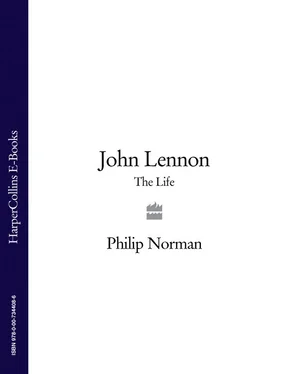
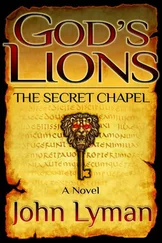
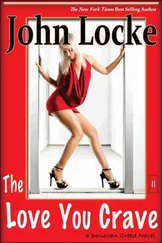
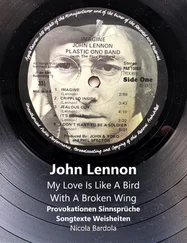
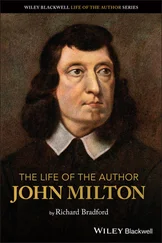
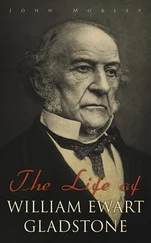

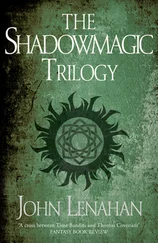

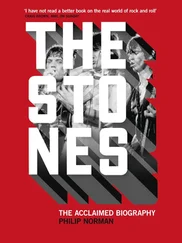


![John Bruce - The Lettsomian Lectures on Diseases and Disorders of the Heart and Arteries in Middle and Advanced Life [1900-1901]](/books/749387/john-bruce-the-lettsomian-lectures-on-diseases-and-disorders-of-the-heart-and-arteries-in-middle-and-advanced-life-1900-1901-thumb.webp)